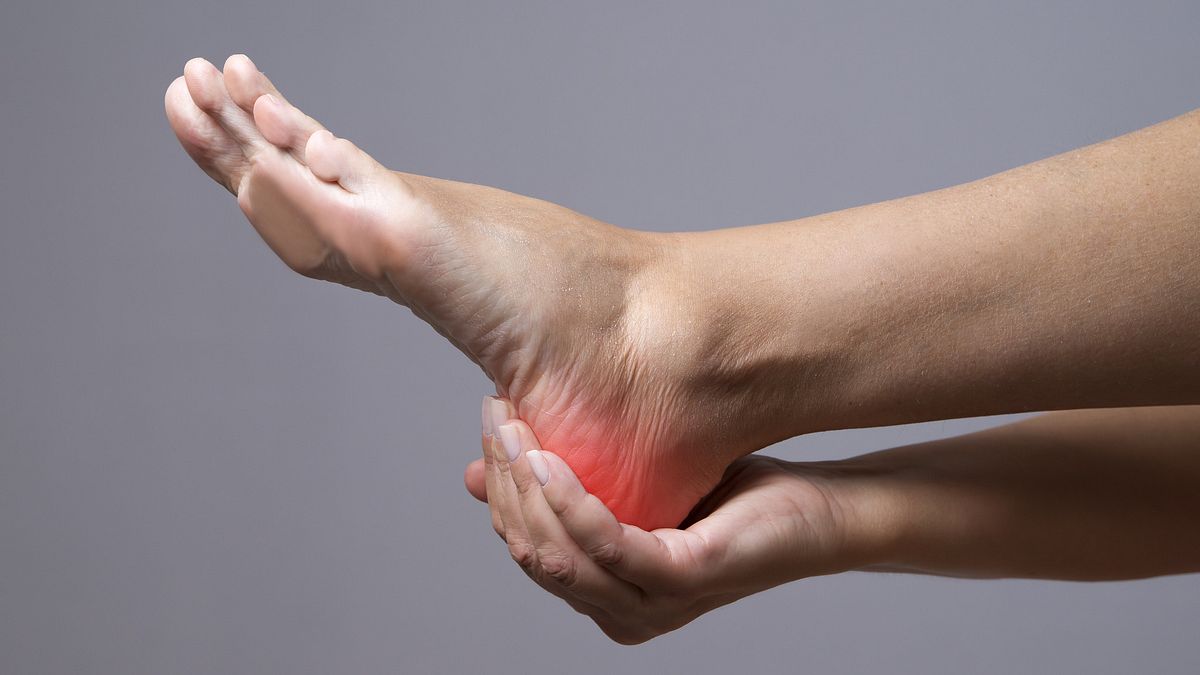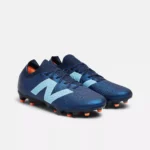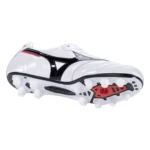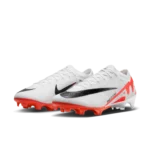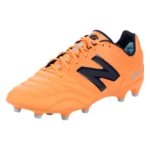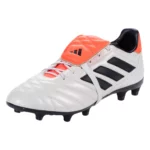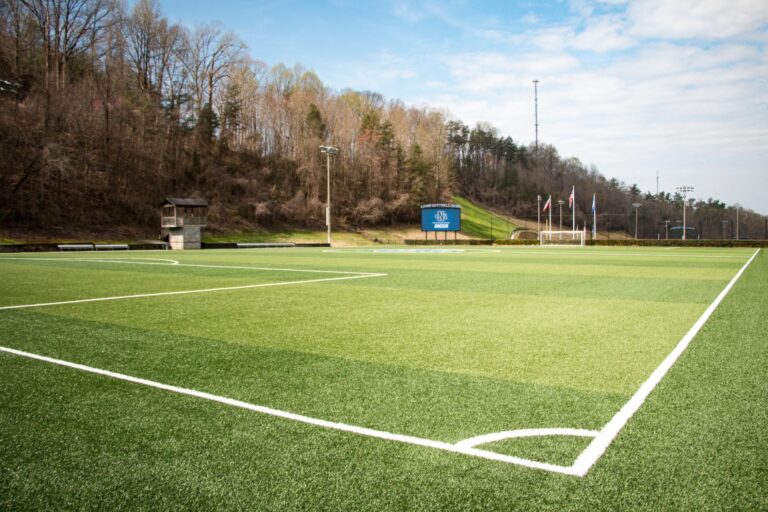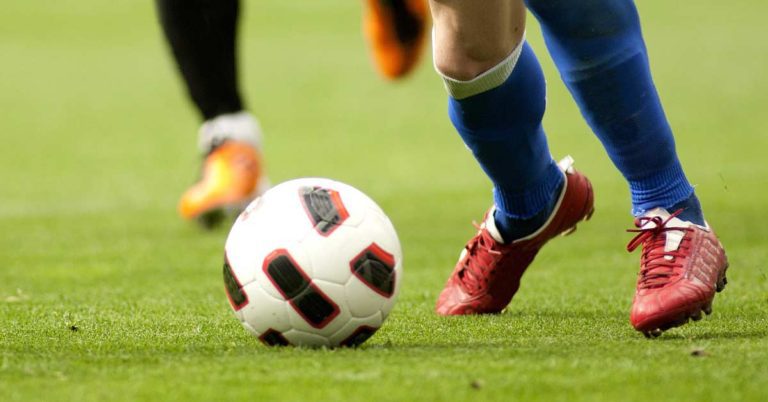Heel Pain In Soccer Players
Heel Pain In Soccer Players
Heel pain is one of the most debilitating things for soccer players to deal with. I was sidelined for over two weeks when I first started experiencing intense heal pain. However, this pain can be addressed relatively quickly for most players. An important part of addressing heal pain is finding the root cause of the issue. The most common cause of heel pain in soccer players is due to a condition called plantar fasciitis.
With the right stretches and exercises, heel pain from soccer can be a thing of the past. In this article, we’ll cover the following topics regarding heel pain.
- What is Plantar Fasciitis?
- How Soccer Players can Prevent Plantar Fasciitis
- Additional Treatments
Having the right equipment can help you get the best out of your training. If you’re looking for the latest football boots and gear, go to World Soccer Shop for the best prices online.
What is Plantar Fasciitis?
Plantar fasciitis is one of the most common causes of heel pain. It involves the inflammation of the plantar fascia tissue. This tissue runs through the entire length of your foot from the heels to the toes.
Runners are the most likely group to experience plantar fasciitis. So it’s no surprise that it’s also very common among soccer players. It also makes sense that inflammation of the plantar fascia occurs after frequent training.
The main roll of the plantar fascia is to support the arch of your foot. However, when your calf muscles are tight, your plantar fascia may be forced to support the extension of your ankle while running (dorsiflexion). Physical therapist Jeff Cavaliere explains this in great detail in his ‘How to Fix Plantar Fasciitis‘ video.
How Soccer Players Can Prevent Plantar Fasciitis
In order to relieve your plantar fasciitis, you need to stretch your calves regularly. This will allow your calf muscles to properly support your ankle flexion while running, taking the pressure off your plantar fascia.
Check out the following video and refer to minute 7:25 to see an example of a helpful calf stretch. When I was suffering from plantar fasciitis, I would do this stretch against the wall for 60 seconds multiple times per day.
Calf Stretch
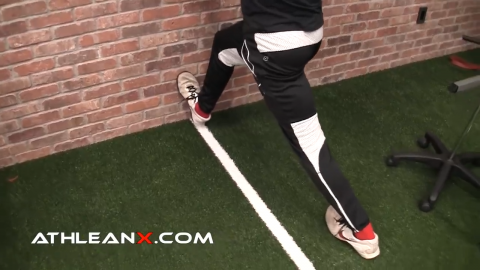
If you’re struggling with intense heel pain, it’s best to take some time away from the field. Focus on stretching and rehab until you’re ready to start playing again. The last thing you want to do is put too much stress on your body.
Additional Treatments
While stretching your calves can help prevent future plantar fascia injuries, you may also want symptomatic relief for your pain. There are a few techniques you can use to address the pain in your heel.
The first technique is lightly massaging the plantar fascia by rolling a tennis ball beneath your foot. You can also massage this area by using just your hands.
Arch Massage

Another great option to reduce pain is to do toe curls with a towel underneath your foot. This will also help to strengthen the muscles in your foot.
Toe Curl

When I had plantar fasciitis, I was able to recover in about 2 weeks by using these techniques. If you have heel pain that lasts several weeks without improvement, be sure to seek professional medical help.
- Most Comfortable Football Boots of 2024
- Nike Phantom GX 2 vs Adidas Predator Elite
- Puma Future 7 Pro – Review
- Mizuno Morelia 2 Elite Review
- Nike Phantom GX 2 Elite Review
- Width Matters: Choosing the Right Football Boots for Your Feet
- Nike Premier 3 vs Copa Gloro vs NB 442 V2 Pro
- The Best Value Adidas Boot – Copa Gloro Review
- Best Predator Ever? – Predator Elite Review
